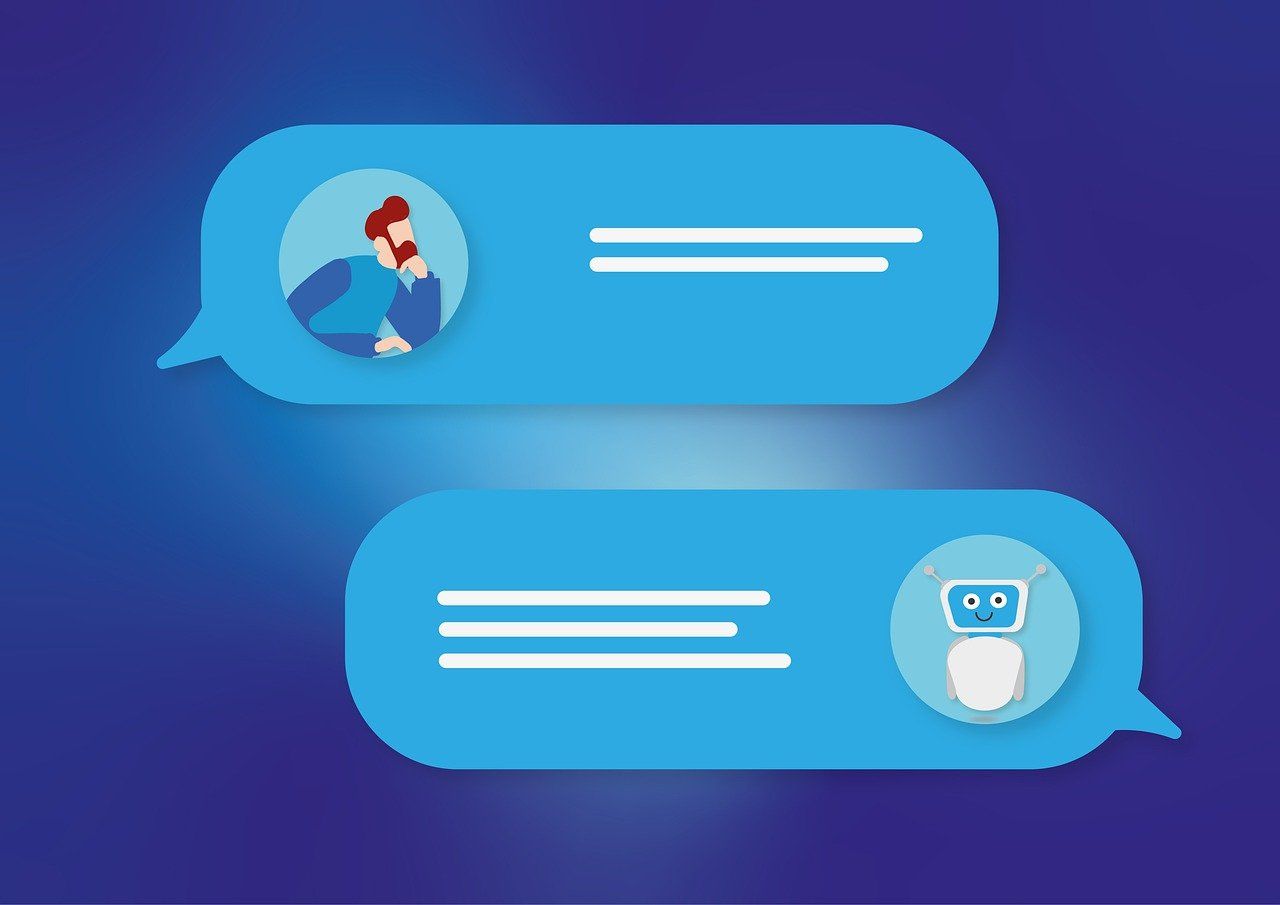
Advanced NLP Techniques for Context-Aware Conversational AI
 Natural Language Processing (NLP) has made tremendous strides in recent years, enabling more sophisticated and context-aware conversational AI systems. This post explores some cutting-edge techniques that are pushing the boundaries of what's possible in human-AI interaction.
Natural Language Processing (NLP) has made tremendous strides in recent years, enabling more sophisticated and context-aware conversational AI systems. This post explores some cutting-edge techniques that are pushing the boundaries of what's possible in human-AI interaction.
1. Transformer-based Language Models
Large language models like GPT-3 and BERT have revolutionized NLP. These transformer-based architectures excel at capturing long-range dependencies in text, allowing for more coherent and contextually appropriate responses.
Key advantages:
- Pre-training on massive datasets
- Transfer learning capabilities
- Ability to generate human-like text
2. Contextual Word Embeddings
Moving beyond static word vectors, contextual embeddings like ELMo and BERT embeddings capture word meaning based on surrounding context. This allows for more nuanced understanding of language use.
3. Memory Networks
To maintain context over longer conversations, memory networks provide a way for AI systems to store and retrieve relevant information. This enables more coherent multi-turn dialogues.
4. Attention Mechanisms
Attention allows models to focus on the most relevant parts of input when generating responses. This is crucial for maintaining context and producing more targeted outputs.
5. Intent Recognition and Entity Extraction
Advanced named entity recognition (NER) and intent classification techniques help AI systems better understand user queries and extract key information.
6. Dialogue State Tracking
Keeping track of the conversation state over multiple turns is essential for context-aware AI. Modern approaches use neural networks to model complex dialogue states.
7. Reinforcement Learning for Dialogue
RL techniques can optimize conversational AI systems for long-term goals, improving overall conversation quality beyond just next-turn prediction.
8. Multimodal Learning
Integrating text, speech, and visual information allows for more natural and context-rich interactions, mimicking human communication more closely.
Conclusion
These advanced NLP techniques are enabling a new generation of conversational AI that can understand and respond to context in increasingly human-like ways. As research progresses, we can expect even more natural and engaging AI assistants in the near future.
Related Articles


